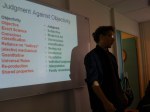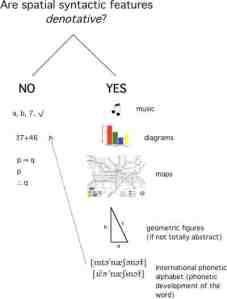Monday 27 April we are going to start with the new sessions.
Margherita will talk about
“Gedankenexperimente and Imagination: sketching a cognitive approach to thought experimentation”
The talk will be in French.
Abstract:
Methodological speculations and debates on thought experiments (Gedankenexperimente, GEs) have focused primarily on the problem of informativeness (Kuhn’s paradox), and more precisely on the proper function of GEs from an epistemological rather than a cognitive perspective. I claim that by opening the “cognitive black-box” of GEs we could shed light on their epistemic function.
In this talk, I will begin by giving a brief overview of the debate over thought experimentation, by focusing on three key questions (What is a GE? What is its function? How does a GE fulfil its function?), and by stressing the points of agreement and disagreement that emerge.
My aim is to show that:
I. Differences aside, the literature is unanimous in indicating as the function of GEs;
II. The question of how a GE accomplishes its aim is the more controversial and less developed of the three. Nonetheless, closer inspection provides a lead, insofar as both the standard literature, and what I refer to as “Mach’s tradition”, indicate imagination as a notion of central importance relative to GEs.
In the second part, I will show how the work of cognitive scientists and philosophers on imagination is useful in order to sharpen some distinctions left vague in the traditional debate on GEs. Moreover, I will claim that imagination itself could be seen as the key to the GE’s “cognitive black-box”. This could take us a step closer to a cognitive account of GEation.




